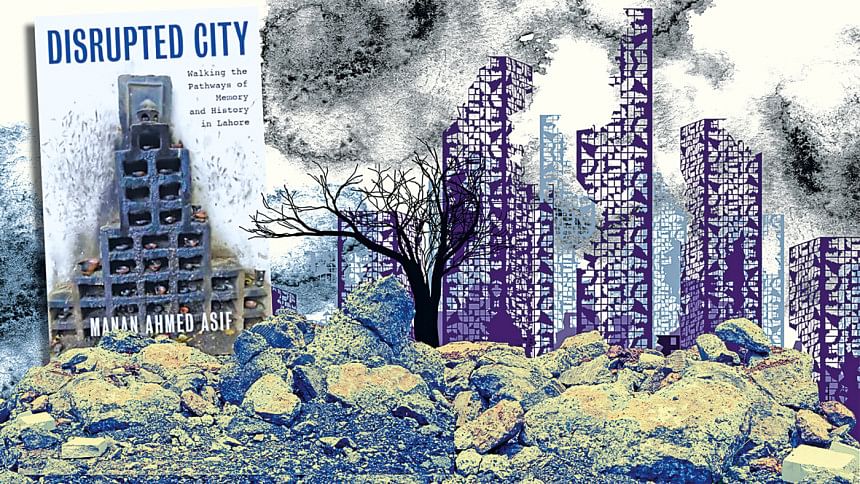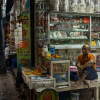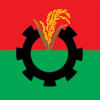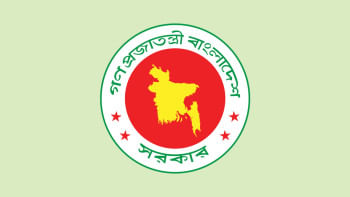Stitching fragments of a city lost in time

In the contested notion of creating a 'nation,' few ideas provoke as much ire among the everyday citizens of a bordered entity as the concept of a space—one that carries with it the weight of instilling an identity. That space is often a city. Throughout the last century till now, we have cities getting partitioned and segregated on volatile lines of gender, religion, and ethnicity on the route to creating a "nation-state". Lahore is such a city. It stands at the heart of Pakistan's various internal and external wars of mythmaking, identity-formation offering a windowscape into the paradoxes of modern day identity politics in the subcontinent.
In Disrupted City, Manan Ahmed Asif pens a magisterial account of Pakistan's cultural capital on accounts of his various walks around the city trying to decipher Lahore's various vantage points using a wide assemblage of texts, pamphlets, interviews, observations, novels, memoirs, courtroom transcripts, and archives. The book is essentially about the "ideas of Lahore" which involves its history, and vexed lingering questions of nationalism and memory. Asif, a professor at Columbia University, uses the act of walking through the city to engage with a place he has long considered home—a home that has been at the center of key moments in the modern history of the subcontinent and Pakistan: the 1940 Lahore Resolution that solidified the Pakistan movement, the caesarian partition of the city's inhabitants of 1947 that oversaw massive migration, and the 1953 Anti-Ahmadi Riots, which tested the relationship between state and religion.
Manan sees his city as a city partitioned from itself. A city that has embedded itself into the structure of Pakistan yet seems to be distant from it. Lahore, a city of thousand years, has maintained its name through multiple rulers, natural disasters, and plagues from ancient times till today. As a major city in a country founded in the name of Islam, Lahore retained its name. Named after Lava, the son of Rama, the city whose demographics are far more homogenised than ever before, retains its name while its "non-Muslim" past continues to be erased. This includes Sikh and Hindu temples alongside its Devanagari and Gurmukhi scripts that once saturated its numerous streets and neighborhoods. Largely cleansed of its conspicuous Sikh and Hindu residents in 1947, its physical erasure is the "lasting epistemic violence on this city". In his various escapades into the city, the author is a veritable tour guide who verifies his information deftly with a corpus of texts and quotes rooted in the gradual making of the city's numerous fluid pasts and now morbidly rigid present. Shrines and mausoleums that dot the city's smog-filled landscape have for most of their history been places open to the general public, including women who have been welcome and active participants in the gathering. Today, these shrines, once boasting a syncretic version of synthesis of South Asia's religious faiths, are increasingly policed using social curfews and gendered surveillance lessening their daily interaction.
Manan quotes travellers and poets from Lahore's ancient, medieval pasts, and not-so-distant past as fellow companions in tackling the contours of memory and placemaking the city has taken up in of itself. The fascinating of this is that of Guru Nanak, founder of the Sikh faith whose presence is embedded into modern day Punjab encompassing India and Pakistan. Describing Lahore as "a pool of ambrosial nectar, the home of praise", Nanal's poetic verses capture the destruction of Lahore at the hands of the first Mughal emperor, Babur. Fast forward into the future, Lahore had become the capital of the Sikh empire under the reign of the controversial and charismatic Ranjit Singh. While certain vestiges of Nanak remain, largely in the form of remnants of Lahore's Sikh rule, his name has largely disappeared from the country's hagiography of illustrious reformers and truth-seekers. This gradual narrowing of identity bleeds onto the onset of modern day Lahore which saw the start of Zia ul Haq's largely Sunni-driven Islamisation program in the 1980s that oversaw massive public floggings and beatings. A legacy which lives on today in the form of numerous draconian laws such as blasphemy laws and anti-Ahmadi ordinances that have long tested the murky waters of what it means to be Muslim, non-Muslim, Punjabi, Sunni, Shia, and even Pakistani in the holistic sense.
Manan sees his city as a city partitioned from itself. A city that has embedded itself into the structure of Pakistan yet seems to be distant from it. Lahore, a city of thousand years, has maintained its name through multiple rulers, natural disasters, and plagues from ancient times till today.
Taking forward to the current days is what startles the reader with more deep seated questions of the city's sustained existence. In addition to the fragile structure of the Pakistani state, contemporary Lahore is beset by numerous challenges such as floods and a lack of clean air that might make the city of poets uninhabitable by 2050. For a city that has grown, shifted, retreated, remade itself in the various contours of power, a question lingers on its survival. Combining walking as a form of deep learning and engagement with the city's conflicted landscape of placemaking, lived history, and the overall state of nation-building, Manan is a formidable biographer of a city mired in a quagmire of its own.
Israr Hasan is currently working as researcher in a public health institute.

 For all latest news, follow The Daily Star's Google News channel.
For all latest news, follow The Daily Star's Google News channel. 










Comments